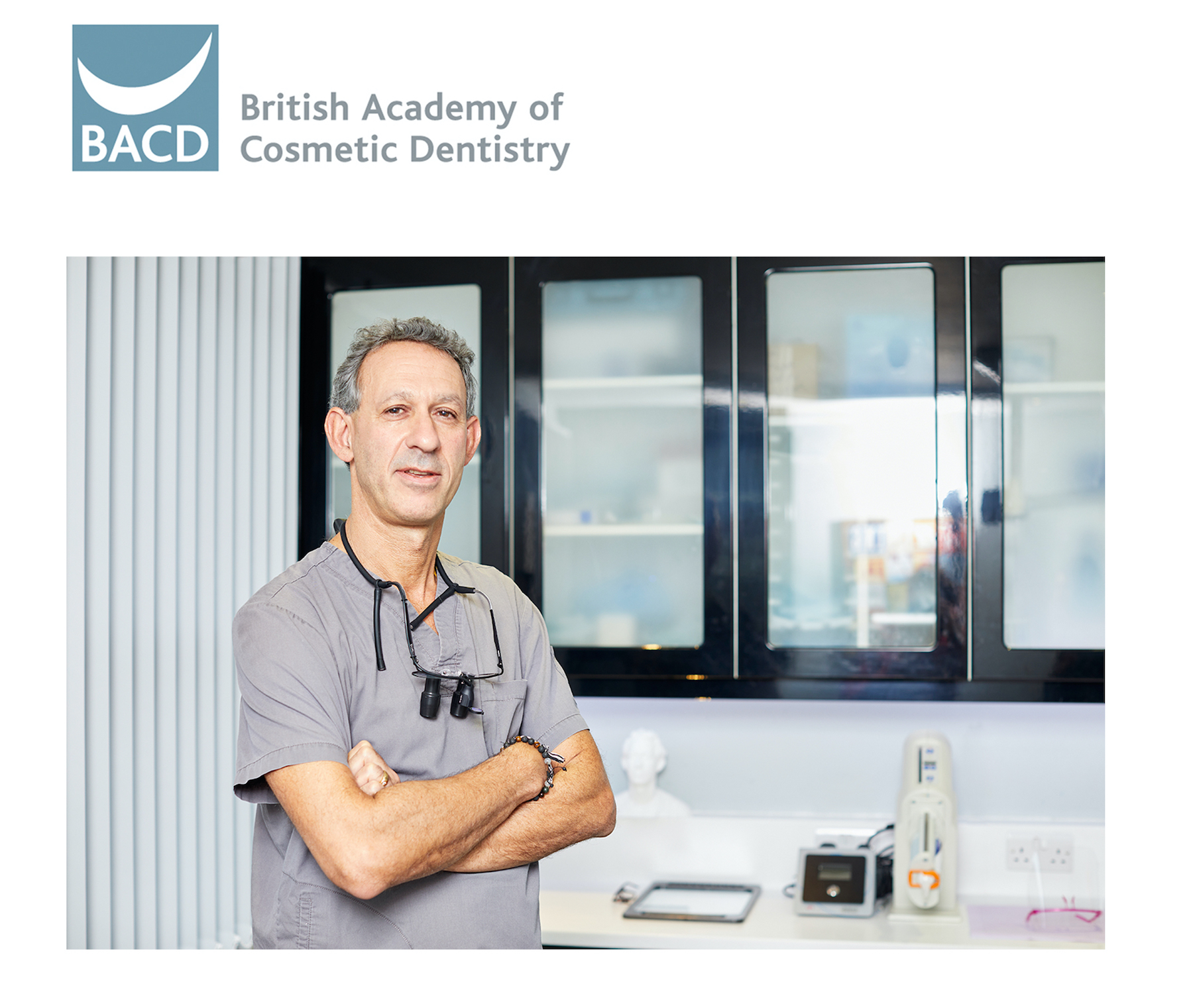Make the most of digital technology now
Featured Products Promotional FeaturesPosted by: Dental Design 15th March 2021

It is clear that digital technology helps make it easier for dental professionals to keep pace with the demands and expectations of today’s patients. The adoption of digital technology has certainly made the COVID-19 working environment far less challenging for some dental practices, playing a significant role in their accelerated recovery. Although the pandemic left many practices with little choice but to embrace digital technology, dental professionals are beginning to fully realise its potential, particularly in terms of streamlining the restorative workflow and enhancing the overall standard of care provided.
Why go digital?
Dental teams now have access to a wide range of ground-breaking digital solutions that reduce, if not eliminate, the risk of errors to ensure higher consistency, accuracy and efficiency at every stage of the restorative treatment journey. Intraoral scanners, for instance, enable clinicians to take a digital impression within seconds – an experience that is more comfortable, precise and far less messy for both patient and practitioner. These scans can then be shared with a dental laboratory, enabling improved communication and collaboration with dental technicians, who can utilise the data to create the best fitting restorations.
Digital impression taking can also minimise the risk of cross-contamination, as there is no handling of models involved in the process. Before treatment even commences, dental professionals can demonstrate to patients what their new smile will look like using cutting-edge virtual smile simulation software, thereby increasing the chances of the patient accepting proposed treatment and better managing their expectations. Furthermore, the latest CAD/CAM systems can make it even easier to design high-quality, natural-looking provisional restorations chairside, which can then be manufactured in-practice using advanced milling machines or 3D printers that can repeatedly deliver predictable results.
Digital technology ultimately facilitates simpler and more efficient workflows, resulting in quicker, less invasive and more accurate treatment, fewer patient visits and higher acceptance rates for optimised practice profitability. It can also enhance the patient experience, increasing the likelihood of a referral and consequent practice growth. Yet despite the many benefits that digital technology can afford, some practices remain hesitant to make the investment, especially under the current climate of financial uncertainty. There is an argument that if a practice is already delivering exceptional dentistry through analogue processes, why go digital?
The risk of falling behind
In our fast-paced, ever-changing world, consumer demands and expectations are constantly shifting. Modern patients now seek quicker, more effective and more convenient treatment and are willing to shop around for it. Dental practices that stand still risk falling behind competitors who are utilising digital technology to offer an even better quality service that patients appreciate. Of course, there is an extensive range of digital technologies available on the market at various different price points, which can make it a minefield to decide which is the best solution for your practice. The importance of doing your research cannot be underestimated.
Cost has always been a major barrier to an investment of digital technology, but the reality is that it has become more affordable and, therefore, more accessible. Many suppliers also offer flexible payment options to make purchasing new equipment even more cost-effective. It is important to remember that while the initial outlay for digital technology may be high, the return on investment can be significantly more so if the equipment is implemented effectively. One means of maximising on the benefits is to use the “digital waterfall” concept, whereby different levels of technology are incorporated into practice through sequential steps.
Of course, the appropriate steps for integrating new equipment into your practice will depend on your individual circumstances, as well as your needs and preferences. The key to success is to outline the order in which you want to introduce digital technologies and how you envision each system working together. It may be worthwhile speaking to colleagues and peers to find out what methods of integration worked best for them to ensure the profitability of their investment. As new technology comes with a learning curve, it is important to integrate solutions at a comfortable pace. The BACD provides useful insight into amortising digital dentistry in everyday practice with a free webinar presented by BACD President, Dr Paul Abrahams, and accessed via the BACD’s online members’ portal.
Today’s patients are exposed to state-of-the-art technology in every day life and expect to find it in the dental practice. Continued advances in the field are rapidly making digital practices a reality, with innovative solutions improving practice efficiency and facilitating the delivery of higher-quality treatment. Dental professionals are challenged to keep pace with digital technology to remain productive, profitable and competitive. With a well thought-out plan for technological investment and integration, your practice will be well positioned to enjoy greater success moving forward.
For further enquiries about the British Academy of Cosmetic Dentistry, visit www.bacd.com
Author: Paul Abrahams, BACD President








